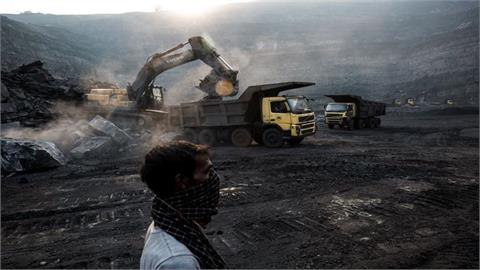Europe needs to change its course dramatically to be able to reach its 55% emissions reduction target by 2030 over 1990 levels, according to a new report from Wood Mackenzie on Tuesday.
The EU determined that climate legislation would be updated with a view to implementing the proposal of at least a 55% net greenhouse gas emissions reduction target. The Commission will come forward with proposals by June 2021.
The report comes ahead of the United Nations Climate Change Conference (COP26) in Glasgow in November 2021, which is intended to spur greater global commitment to tackling climate change, and where all eyes will be on how Europe maps out its path to net zero.
Wood Mackenzie recommended a greater uptake in renewables, advising that electric vehicles and plug-in hybrids need to reach 97% of the EU's passenger vehicle sales by 2030. It also recommended the growth in the capacity of power generation from wind and solar by 162 and 253 gigawatts (GW), respectively.
The report said the EU also needs to adapt its grid infrastructure rapidly to the required growth of renewables and urged for the acceleration in the retirement of 85 gigawatts of coal plants by 2030.
"However, even that 2-degree scenario only gets the EU to a 53% cut in emissions by 2030. It would take another two years to get to 55%," the research consultancy said.
Wood Mackenzie Research Director Murray Douglas reiterated that Europe would need to put in place all these recommendations at a much faster pace to hit the target.
Douglas said that as the potential to do more on renewables and EV penetration is limited, the EU will have to push harder in three key areas - energy efficiency and the electrification of buildings, a reduction in the amount of travel, and the reform of the carbon market.
The report said that policies must target efficiency and electrification sooner in the highest-emitting households.
It urged for more efficiency in buildings that account for over 30% of the EU's emissions, recommending that the renovation and electrification of oil-fired buildings be given similar priority, as these produce at least twice as many emissions as their gas equivalents.
It said behavioral change is also critically necessary, including flying, driving and consuming less energy and fossil fuel-derived products.
"Europe’s energy efficiency targets are difficult but do not depend on new technology or large cost reductions. If both electrification and efficiency gains can be achieved in a targeted manner, emissions will fall faster. Shutting down the oldest and least efficient coal plants ensured huge emission cuts across Europe," the report said.
According to the report, the EU needs to provide more certainty over the cost of carbon, which investors need to make structural changes and big capital investments by expanding the coverage of the EU's Emissions Trading System (ETS). The system currently covers almost half of the bloc's CO2 emissions.
"Certainty over the cost of carbon by 2030 would accelerate coal phase-out plans, as it did in the UK. Renewable generation would be more competitive and the array of projects would expand. The rapidly growing pipeline of low-carbon hydrogen projects would be bolstered and the market would become more engaged in the development of carbon capture and storage," Douglas noted.
Natural gas will continue to be resilient by 2030 amid a 55% emission reduction target, the report said.
According to Wood Mackenzie's estimations, liquefied natural gas (LNG) will account for 27% of the EU's gas supply by 2030 in a way that will put pressure on LNG suppliers to reduce emissions from well to the customer.
The report said that private sector capital would be key in accelerating low carbon opportunities in the EU.
"Some of the biggest opportunities will be in the build-out of wind, solar and storage capacity, which will require $585 billion of investment by 2030 and in the grid infrastructure needed to transform the electricity market," Douglas said.
"Europe must rapidly shift from a power market where centrally dispatched supply follows demand to one where demand can respond to an increasingly variable, weather-driven supply from renewable sources."
(Anadolu Agency, February 18, 2021)



